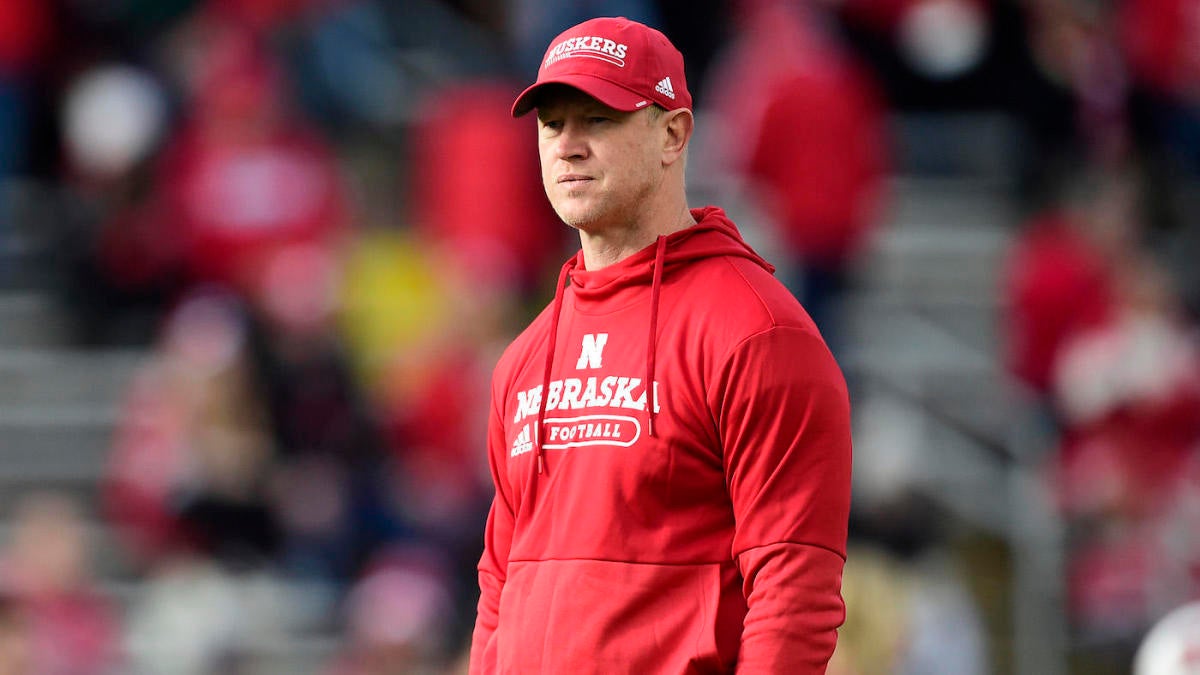Recruiting from the transfer portal is only part of the job for college football programs in this new era of
unrestricted player movement. Coaches also have to recruit their own rosters to prevent transfer portal attrition.
So how much is player retention prioritized? What kind of resources are NIL collectives dealing with? And what do players need to do to hold up their end of NIL deals?
The Athletic surveyed numerous coaches, NIL collective officials, agents, personnel staffers and players who have transferred on a variety of portal-related topics. All survey participants were granted anonymity in exchange for their candor and to preserve relationships.
More on the transfer portal and NIL:
Keeping a roster together
NIL collective CEO 1: We’ve had a seven-figure deal. It wasn’t a portal kid, it was retention.
NIL collective CEO 2: Retention is priority No. 1 and where the overwhelming majority of funds are allocated.
NIL collective CEO 3: Retention is legitimately 90-plus percent.
NIL collective CEO 4: It’s definitely a lot cheaper to retain than it is to recruit, so we start there. And then we build off our budget and start in like December and try to keep our kids, and then whatever is left, we use to go get portal kids. It’s not that the budget is allocated a certain way, we’re just retention first and then we kind of see where we are.
NIL collective CEO 1: Two years ago, we spent more in the portal. This past year, it was closer to 50/50 between retention and portal because we had a bunch of really good players returning. We still spent a lot of money in the portal this year, but we didn’t spend quite as much, because we had a bunch of really good players returning.
NIL collective CEO 3: It’s probably 50/50. In the past, it’s more heavily weighted toward retention. Anytime you have a coaching change, it’s probably more toward the recruiting/transfer side.
NIL collective CEO 5: It depends upon the year. This year it’s going to be 95 percent current players and 5 percent transfers. Last year it was 75/25.
NIL collective CEO 6: Maybe 60/40 for football — 60 to incoming and 40 to retention. But it could be closer to an even split.
NIL collective CEO 7: We’re going to evaluate the roster and our needs on a year-to-year basis, so that’s hard to say. I’d have to look at the numbers exactly, but the majority of it is going to be on returning players.
General manager 1: Even in July, you might be talking to a high school coach and find out that a player isn’t happy where he’s at. He’ll make it through the season, but be ready, he might be going into the portal. So he’s someone you have on your list to keep an eye on. Our (recruiting) reporters usually do a good job of letting us know if our guys are talking to other schools. We had a couple of guys on our roster who were looking around at the end of August last season.
Agent 1: We had an offer for $350,000 the kid turned down to play for zero. Wasn’t in the portal, didn’t do it.
General manager 2: Most kids don’t want to leave their teammates, don’t want to be a quitter, so there is some loyalty. Then there are cases where some player with a sixth-round draft grade will come and claim they are being offered a million bucks to go somewhere — well, you should take it. If you’re getting offered that, you should take it. You have to know the kid you’re dealing with.
Personnel staffer 1: There are kids who will come to us and tell us schools are reaching out, and they might not be asking to get that same amount because they want to be here, but can we get closer? We have those conversations. If you have good players, you need to keep them in the building. But it doesn’t happen a lot.
NIL collective CEO 4: You may have a running back that makes A and a kid he went to high school with is making B. Well yeah, you may have more yards than him and more receptions, but that kid is 6-2 and is going to be a second-round pick and went to this place or that place. It’s all relative to the value of the schools you’re at and it can be hard for a 20-year-old to grasp why he had more touchdowns than another kid but isn’t making as much as him. Well, that kid is bigger, faster, stronger and has better players around him.
General manager 3: Sometimes you’re fighting more against a player deciding whether to go to the
NFL. We did pay a bunch of guys to stay, but part of that was us saying, this is what you should be getting. And that helps the culture of the team a little bit. And some of the guys who might have tried to press us, we phased them out before they even could.

www.cbssports.com








